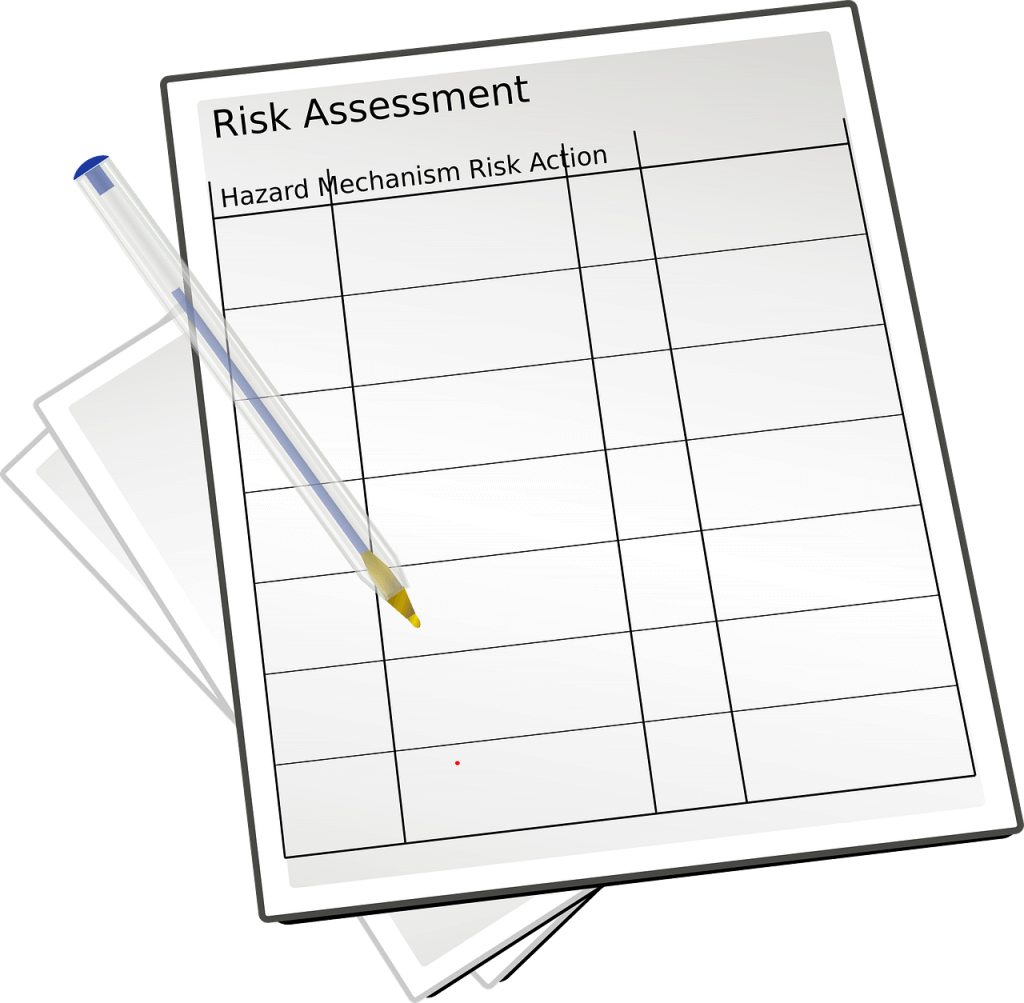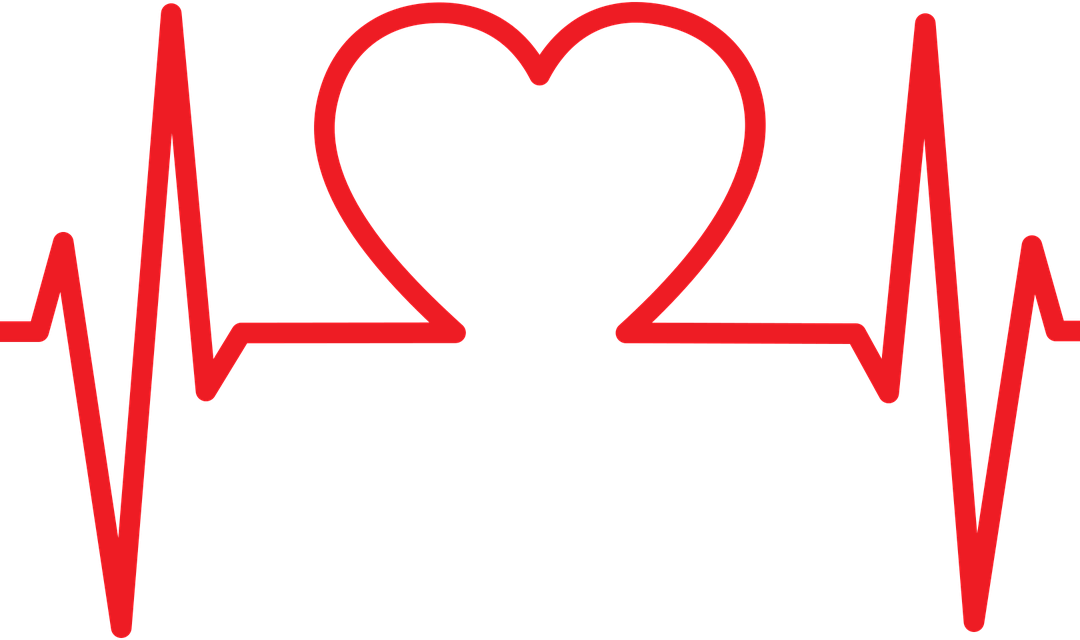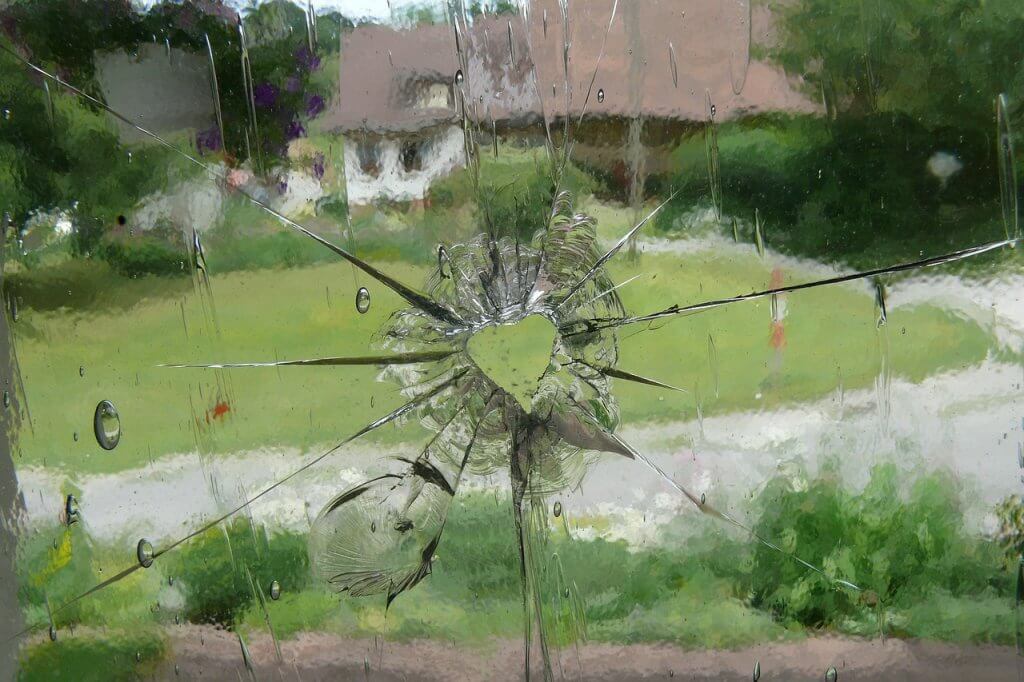“An increasing number of patients with pre-existing cardiovascular diseases are presenting for breast cancer therapy, adding another level of complexity.”
At ~108,000 beats per day, every minute of every hour, your heart faithfully pumps oxygen and nutrient-rich blood throughout your body while taking harmful waste products like carbon dioxide away from tissues.
And through the miracle that is your body? You’re not even aware that work is taking place.
Until, you become painfully aware that there may be a glitch in that exquisite physiology.
A healthy, strong heart makes for healthy, strong survivorship, but for many women, the unfortunate reality is that life-saving treatments for breast cancer may result in heart-damaging side effects. Add the complication of pre-existing heart disease at the time of diagnosis – also called a “comorbid (existing simultaneously) condition” – and treatment options may become limited, outcomes less than optimal.
The Very Real Concern When Facing Treatment Options
I remember it in excruciating detail, the radiation planning session where I was “marked up” in anticipation of my treatment.
In order for the radiation beams to be most effective, the targeted breast area is mapped and the treatment field set. The corners of the treatment field are then marked with a special pen/ink (some women have permanent tattoo “dot” markings – my treatment facility went the non-permanent direction); the markings serve as a guide to help the technician line up the treatment fields the same way each time. A protective, clear adhesive is positioned over the marking to help slow its erosion from showering and sweating.
At that same appointment, we embarked on the quest to determine the position of my heart. Because my cancer was in my left breast, heart damage from the radiation (even though it would be targeted to the breast itself versus my entire chest) was a very real concern.
Trust me, I was concerned.
From a 2014 manuscript in the publication Mayo Clinical Proceedings, “Radiation therapy leads to an all-encompassing form of injury to the myocardium, the pericardium, the valvular apparatus, and the coronary vasculature from epicardial to microvascular level, though modern approaches appear to reduce cardiovascular damage compared to older techniques.” (1)
And I was mad.
DAM. MAD.
As a runner and an extremely active woman with zero physical limitations, I enjoyed participating in any activity I wanted (cycle, swim, strength train, dance, etc.), anytime I wanted, for as long and intensely as I wanted; and I was terrified that the treatment I needed would steal that freedom and privilege from me.
I’d deliberately taken the very best care of my heart; feeding it right, exercising it regularly, working to manage stress. I had normal blood pressure, cholesterol and lipid values, and the resting heart rate of an athlete. How was it possible that I faced a procedure I’d voluntarily agreed to undergo, knowing it could potentially destroy all the work I’d intentionally (and lovingly, I might add) done, and possibly cause damage that would last far beyond my breast cancer experience, as in. . .the rest of my life?
That’s a decision-making nightmare known only to those who’ve walked that path. And I wish it on NO ONE.
Turns out, my heart is located very close to the mid-line of my body (who knew?), safely out of radiation’s reach.
Yet even with that good news, I still thought about it; what was the guarantee that residual effects of “the beam” wouldn’t travel?
Pre-Existing Heart Disease – What Is It & Why Does It Matter?
Given that breast cancer treatment has the potential to damage even healthy hearts like mine, what happens if you’re newly diagnosed and don’t have a healthy heart?
Per the Mayo Clinical Proceedings article referenced above, “An increasing number of patients with pre-existing cardiovascular diseases are presenting for cancer therapy, adding another level of complexity.”
This is when the integrative partnership of a cardiologist and oncologist (aka “cardio-oncology”), an emerging field for cardiology professionals with “special interest in and knowledge about cardiac side effects of chemotherapy, targeted therapy and radiation to treat cancer” is invaluable. (2)
Evaluation by the treatment team before, and ongoing management during cancer therapy is critical in managing the very real concern of “cardiotoxicity”.
In order to aim for the safest outcomes, oncology physicians are committed to developing standards of care for “cardiovascular risk assessment and prevention before cancer treatment, cardiovascular surveillance and therapy during cancer treatment, and cardiovascular monitoring and management after cancer therapy.” (1)
Learning the anatomical location of your heart is just one of many variables that collectively determine which treatment options are available to you, as well as how your treatment team approaches your overall care.
This makes perfect sense, given that as the number of concomitant medical concerns (i.e. diabetes, hypertension) increase in a patient, so do the number of ways treatment could be compromised. (3, 4)
For example, high blood pressure is managed with medication (sometimes multiple medications), some of which directly impact the body’s electrolytes (sodium, potassium and chloride.) In particular, potassium has a direct effect on regulating the heart beat, so potassium-depleting blood pressure medications may increase risk by decreasing an element critical to powering the heart’s electrical impulses. Surveillance and monitoring can minimize the risk, but it’s wise to recognize the risk does exist. (5)
A large portion of cardiovascular disease (CVD) is caused by atherosclerosis, where artery walls become thick and stiff due to a build up of fatty deposits called “plaques.” Plaques restrict the flow of blood and can result in: (6)
- Stroke
- Heart attack
- High blood pressure
Other types of CVD’s:
- Rheumatic heart disease (caused by rheumatic fever)
- Inflammatory heart disease (cardiomyopathy, pericardial disease, and valvular heart disease)
- Other: congenital heart disease, cardiac arrythmias, heart failure
I explain heart disease this way: plumbing problems (atherosclerosis) and/or electrical problems (i.e. arrythmias), both of which benefit from healthy lifestyle habits like the following: (7, 8)
- Reduce high blood pressure
- Control cholesterol levels
- Lose excess weight
- Eat a heart-healthy, plant-based diet
- Don’t smoke (and AVOID tobacco smoke)
- Be physically active (check with your doctor first)
Just like with any medical condition, it makes sense to know which risk factors you can control; put your efforts there.
CONTROLLABLE RISK FACTORS
- Tobacco
- Obesity
- Diet
- Exercise
- Blood pressure
UNCONTROLLABLE RISK FACTORS
- Age
- Personal or family history of high cholesterol or heart attack
- Personal or family history of heart disease or hypertension

What Are Examples of Treatment-Related Heart Damage?
The combination of radiation plus a variety of medications (i.e. trastuzumab and the anthracyclines doxorubicin and daunorubicin) can result in heart failure, cardiomyopathy and other cardiotoxicities. With cardiomyopathy the heart muscle becomes enlarged, thick or rigid and causes fatigue. Especially with physical exertion, one may experience shortness of breath. As the condition worsens, the heart becomes weaker and less able to maintain a normal electrical rhythm and pump blood throughout the body. (9, 10)
Outside of chemotherapy agents and radiation, there are three breast-cancer-related factors that have the potential to increase heart disease risk: (12)
Treatment-related early menopause (lose protective effect of estrogen)
Endocrine therapy (aromatase inhibitors and tamoxifen) (may raise cholesterol and risk of diabetes)
Significant weight gain during/post-treatment (may lead to high blood pressure and insulin resistance)
With an emerging focus on minimizing risk while maximizing the impact treatment has on breast cancer, updated guidelines for medication dosing, providing other pharmacologic agents within a few months of treatment (while disease is still subclinical) to mitigate or reverse disease, and as mentioned, the emergence of the subspecialty, cardio-oncology, is there anything else that may offer help? (11)
One Australian research team thinks so, and developed a pilot study with the aim of producing a standardized, comprehensive approach to assessing CVD and cardiotoxicity risk BEFORE breast cancer treatment. (13)

How A Breast Cancer-Specific Pre-Treatment Risk Assessment Can Help
With an eye toward both prevention and treatment of cardiotoxicity, the research team established two objectives:
- To develop and pilot test a risk assessment questionnaire.
- To obtain preliminary data on the extent and nature of modifiable and non-modifiable cardiovascular risk factors for cardiotoxicity in breast cancer patients.
The study authors proposed that while the European Society of Cardiology position paper on cancer treatments and cardiovascular toxicity suggests identifying high-risk patients prior to administration of cancer therapy to inform treatment modifications, a breast cancer-specific cardiotoxocity risk assessment, which stratifies patients to an individually tailored risk management plan is warranted.
As a pilot study with a small sample size of 36 newly diagnosed patients (no randomized sampling of participants), the authors acknowledge the study’s limitations, however, they discovered that the questionnaire could serve as a valuable patient education tool to introduce the concept of risk management and lifestyle education as part of cancer treatment.
For example, the questionnaire revealed the following participant lifestyle information:
- 100% did not eat the recommended five servings of vegetables per day
- 78% did not eat the recommended two servings of vegetables per day
- 13% were smokers
- 75% regularly consumed alcohol
- 61% were overweight or obese
Perhaps even more interesting was the level of unwillingness to modify risk factors and make lifestyle changes:
- 88% not prepared to modify alcohol consumption
- 44% unwilling to modify dietary habits
- 61% unwilling to improve physical activity
- 68% of smokers unwilling to receive information about quitting
- 50-78% not interested in learning more about heart health or losing weight
The authors acknowledge that some of the reluctance to undertake lifestyle changes could be related to the patient’s focus on dealing with the cancer itself, as well as an inability to participate in physical activity due to treatment side effects (study participants may have had up to three chemotherapy cycles).
Many participants in the study asked the research team “why they were being asked about their heart health in a chemotherapy clinic,” which highlights a huge knowledge gap and underscores how education could improve patient awareness and promote action-oriented strategies for initiating heart health behaviors.
Knowledge is power, and while unwillingness to change unhealthy behaviors is certainly the prerogative and right of every individual, offering an opportunity to learn for those who “don’t know what they don’t know”, in my opinion, is a necessary public health service.
I believe that taking responsibility for one’s own health is a personal responsibility that positively impacts everyone.

Wrapping It Up
The message for the making of healthy hearts is sort of un-sexy: eat more fruits and vegetables, get plenty of exercise, lose weight if you need to, stop smoking, watch your alcohol intake, manage your cholesterol and blood pressure.
But we know these are the things that work!
The focus of my work is reaching women at the time of their diagnosis to help them elevate their health to optimize healing and treatment outcomes. You could argue, especially in light of the research I shared, that not everyone is interested in doing that.
And you would be right.
Yet at the end of the day, I believe more women than not are desperate to do all they can to help themselves come through breast cancer treatment with minimal collateral damage, and if this post has helped even one reader reassess her lifestyle habits and take steps to improve her heart health and treatment outcomes?
Then my heart is full.
February’s not over, there’s still more information coming this month on how you can protect your heart AND your breasts. Be sure to check back next week for more practical, inspirational guidance!
If you’ve been newly diagnosed with breast cancer, do you know which foods are best to include in your breast cancer (and heart healthy) diet? For a customized nutrition plan, practical tips and education from a qualified nutrition professional and breast cancer survivor, CLICK HERE.
Get my FREE nutrition and fitness JUMPSTART worksheet right here, right now!
SOURCES
- Evaluation and Management of Patients With Heart Disease and Cancer: Cardio-Oncology
- What is a Cardio-Oncologist?
- How does having diabetes affect my cancer treatment?
- Dealing With High Blood Pressure and Cancer Treatment? What You Need to Know
- A Potassium Primer What to know about this important mineral and how it impacts health.
- Different heart diseases
- Prevention and Treatment of Arrhythmia
- Treat Heart Rhythm Disorders With Exercise
- Breast Cancer CV Toxicities
- What Is Cardiomyopathy in Adults?
- Treating Cancer without Harming the Heart
- Is There a Link Between Hormonal Therapy Treatment and Diabetes?
- Cardiotoxicity and cardiovascular disease risk assessment for patients receiving breast cancer treatment



